#Leonie Rysanek
Explore tagged Tumblr posts
Text

Die Walküre (1955) Original His Master's Voice cover artwork with slight alterations for the Warner Classics edition.
#painting#illustration#cover art#mythology#legends#wotan#odin#valkyrie#richard wagner#wilhelm furtwangler#martha modl#ludwig suthaus#leonie rysanek#vienna philharmonic orchestra
30 notes
·
View notes
Text
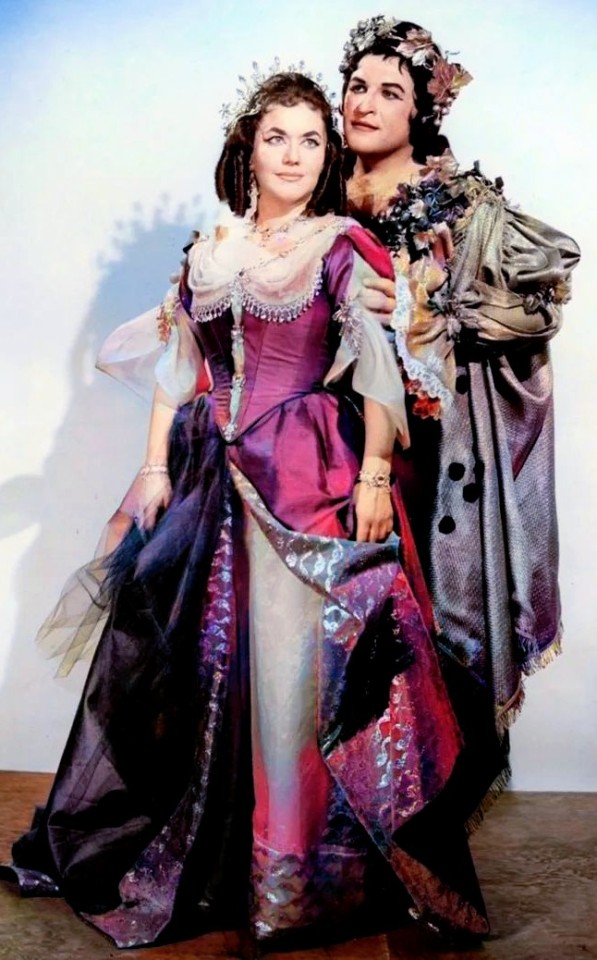
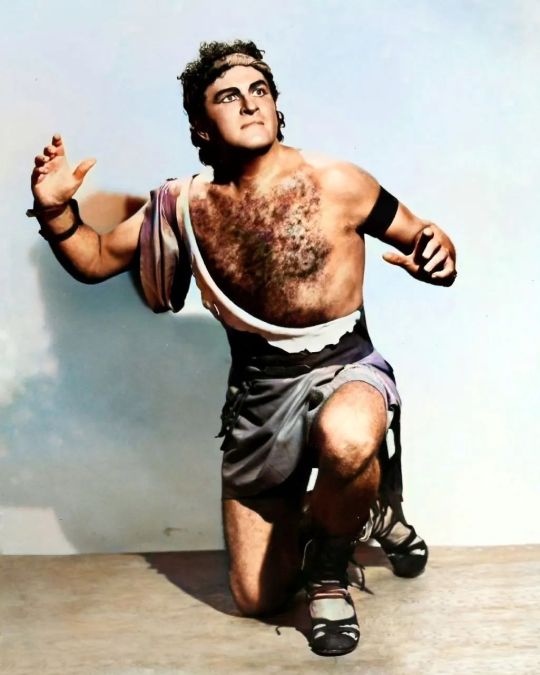

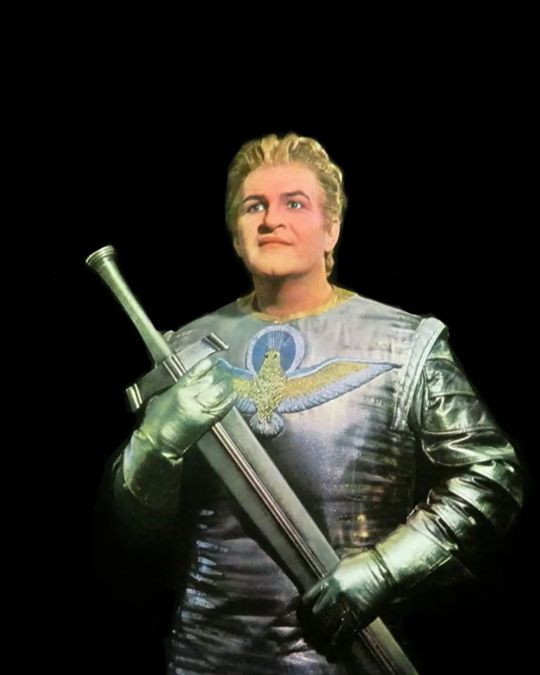
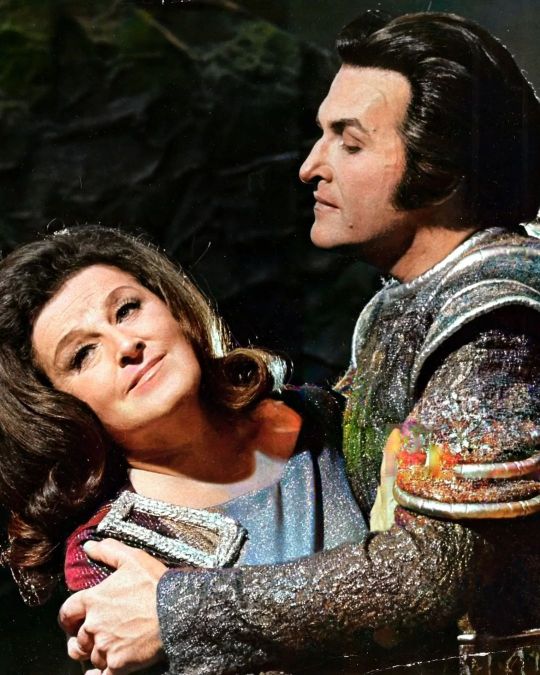



JESS THOMAS with Leonie Rysanek & with Birgit Nilsson. Color by El Palco de la Prima on Instagram.
5 notes
·
View notes
Text
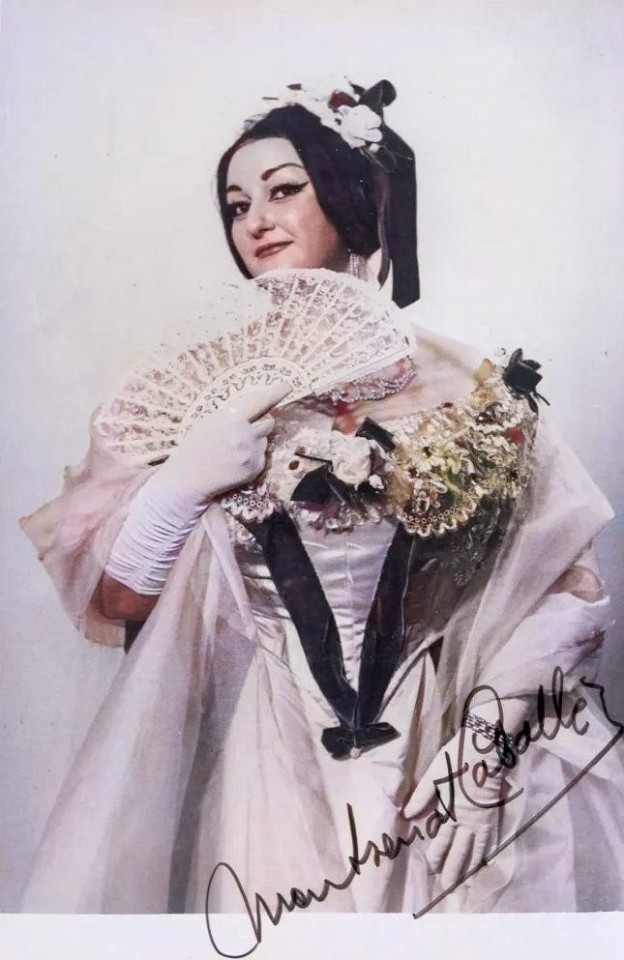

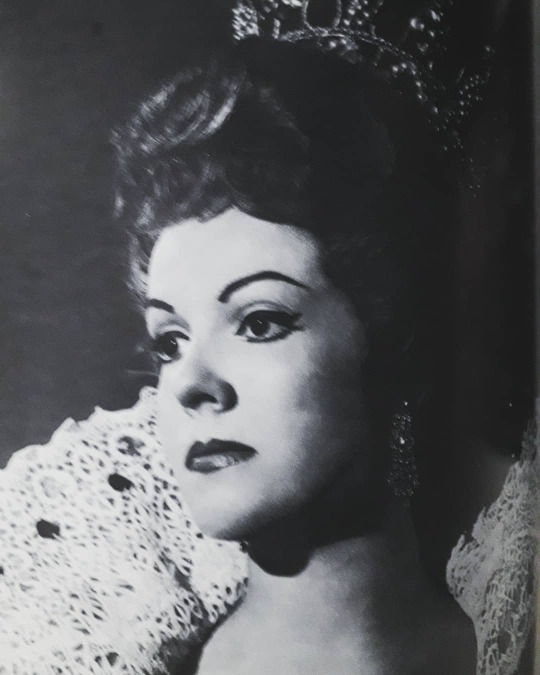
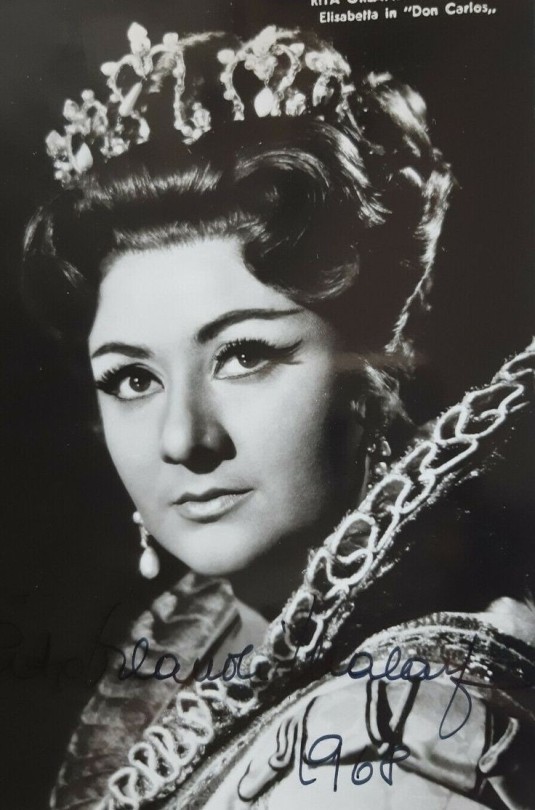
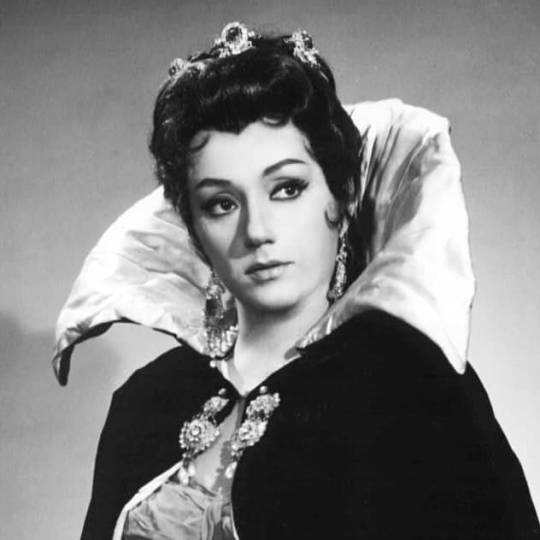


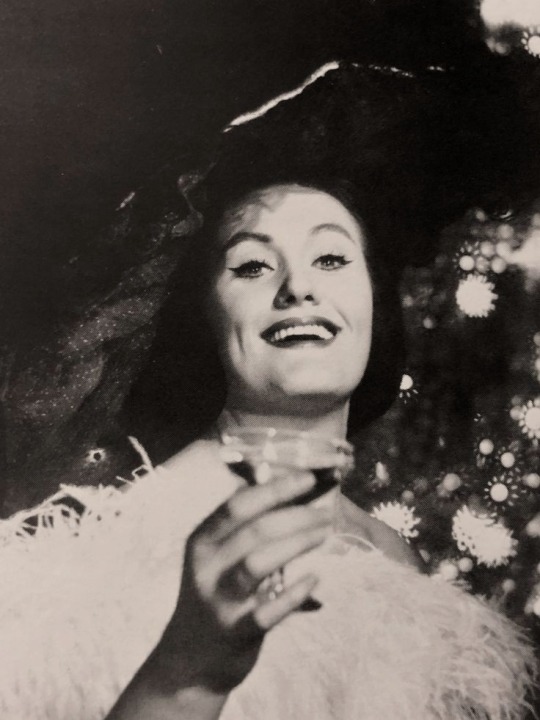
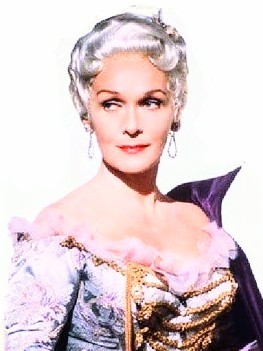
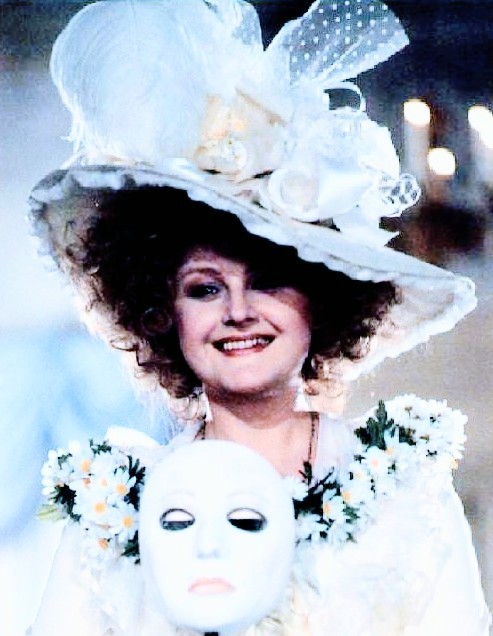
#great sopranos#montserrat caballe#magda olivero#gabriella tucci#raina kabaivanska#rita orlandi malaspina#leonie rysanek#joan sutherland#elizabeth schwartzkopf#edita gruberova
6 notes
·
View notes
Text








MARIO del MONACO, Leonie Rysanek, Tito Gobbi e Gabriella Carturan in VERDI: *OTELLO* Teatro alla Scala di Milano 1959+60
Tutti i Diritti d'Autore per Teatro alla Scala di Milano
6 notes
·
View notes
Text

Playing at AllClassical.org (98.9 in PDX)
Richard Wagner DER FLIEGENDE HOLLÄNDER
Thomas Schippers
George London, Leonie Rysanek, Karl Liebl, Giorgio Tozzi
Performance from March 5, 1960
#playing#98.9#All Classical Portland#Metropolitan Opera#All Classical Radio#Richard Wagner#opera#Thomas Schippers#George London#Leonie Rysanek#Karl Liebl#Giorgio Tozzi
0 notes
Text
Aplauditis & aplausómetro
Dame Joan Sutherland ovacionada Que estamos a la deriva en una pesadilla discepoliana ya no hay quien lo niegue. Que la exageración manda, que todo agota y está fuera de control tampoco. Cambalache siglo XXI reflejo del profético “koyaanisqatsi” de los hopi, revolcados en un merengue sentimos acortarse los plazos en una rara aceleración del tiempo. Igual mientras dure, hay que subsistir, seguir…
View On WordPress
#Adelina Patti#Arthur Schnabel#Birgit Nilsson#Christa Ludwig#Claudio Abbado#Elisabeth Schwarzkopf#Evgeny Kissin#Joan Sutherland#Jonas Kaufmann#Leonie Rysanek#Leontyne Price#Luciano Pavarotti#Maria Callas#Marilyn Horne#Maya Plisetskaya#Montserrat Caballé#Plácido Domingo#Renata Tebadi#Teatro Colón
0 notes
Video
youtube
I am studying up on Oreste and his cursed family for a project. Of course I love Strauss’s opera Elektra. That illustriously gritty movie with Leonie Rysanek and Astrid Varnay and Dietrich Fischer-Dieskau backed by Karl Bohm and the Weiner Philharmoniker is a must. But here is the next bit of soundtrack to my studies, the much older opera Oreste by Handel, dealing with the other two siblings. Of course Orestes and his homo bro Pylades are what I’m after. Iphigenia too. She’s not nearly as famous as her sister Elektra. Shame.
2 notes
·
View notes
Video
youtube
R.Strauss/Elektra - Karl Böhm Rehearsals With Leonie Rysanek 1/2
0 notes
Text
Premiera absolută a operei într-un act „Electra” de Richard Strauss
Premiera absolută a operei într-un act „Electra” de Richard Strauss
În urmă cu 112 ani (25 ianuarie 1909) avea loc, la Opera de Stat din Dresda, premiera absolută a operei într-un act Electra de Richard Strauss, libretul de Hugo von Hofmanstahl după piesa lui Sofocle. Dirijor: Ernst von Shuch. În rolul titular: soprana Annie Krull. Opera integral. În distribuție: Leonie Rysanek (Electra), Astrid Varnay (Clitemnestra), Dietrich Fischer-Dieskau (Oreste).Orchestra…
youtube
View On WordPress
0 notes
Text
Simon Estes






Simon Estes (born March 2, 1938) is an operatic bass-baritone of African-American descent who had a major international opera career beginning in the 1960s. He has sung at most of the world's major opera houses as well as in front of presidents, popes and internationally renowned figures and celebrities including Bill Clinton, Richard Nixon, Boris Yeltsin, Yasser Arafat, Nelson Mandela and Desmond Tutu. Notably, he was part of the first generation of black opera singers to achieve widespread success and is viewed as part of a group of performers who were instrumental in helping to break down the barriers of racial prejudice in the opera world.
Early life and education
Estes was born in Centerville, Iowa, the son of Ruth Jeter Estes and Simon Estes. His father was a coal-miner and his grandfather was a former slave who had been sold at auction for $500. Named for his father, Estes was called 'Billy' within his family circle to avoid confusion when addressing the two. One of five children, Estes has three sisters and a younger brother. His family was heavily involved in their local Baptist church, and his earliest musical experiences were had there. He remained active with church musical activities and participated in school music programs throughout his youth.
In 1957 Estes entered the University of Iowa, originally with the intent of studying pre-med. He changed his major to psychology and then religion before finally deciding to switch to vocal music through the influence of faculty member Charles Kellis. At the time Estes had been singing in the university's "Old Gold Singers" (he was notably the group's first black singer) and his voice had grabbed Kellis's interest. Kellis became Estes's first voice teacher and it was he who introduced Estes to opera. After finishing his undergraduate studies, Estes pursued further education at the Juilliard School in 1964, a pursuit which was made possible through funds raised in Iowa.
Career
Like many African-American artists of his day, Estes decided to go to Europe where racial prejudice was not as much of a barrier as it was in the United States. In 1965 he made his professional opera debut as Ramfis in Giuseppe Verdi's Aida at the Deutsche Oper Berlin to a warm reception. The following year he scored a major success when he won a bronze medal at Moscow's Tchaikovsky Competition. The competition win led to an invitation from President Lyndon Johnson to perform at the White House in 1966 and several offers for engagements at major opera houses in Europe soon followed.
Estes kept a very busy schedule performing in European opera houses during the late 1960s and the 1970s. He drew particular acclaim for performing leading roles in operas by Richard Wagner. He appeared at such houses as La Scala, Covent Garden, the Opéra National de Paris, the Liceu, the Hamburg State Opera, the Bavarian State Opera, the Vienna State Opera and the Zurich Opera among others. He also sang at several notable music festivals, including the Salzburg Festival and the Glyndebourne Festival. In 1978 he notably became the first black male, African-American or otherwise, to sing a leading role at the prestigious Bayreuth Festival when he sang the title role in Wagner's The Flying Dutchman. The performance was a personal triumph for him and he went on to sing at Bayreuth for the next six consecutive years. He returned to Bayreuth again in 1985 to sing the Dutchman again; a performance that was captured on video and is still considered one of the best recordings of that role.
While Estes's career was thriving in the best European houses, he continued to be spurned by many of the major American houses during the 1970s. His debut with the Lyric Opera of Chicago in 1971 was in the minor role of the Ghost of Nino in Semiramide, and his successive roles at that house were not any bigger. The Metropolitan Opera did not even attempt to engage him in the 1960s; in 1976 he sang a single tour performance of Bellini's "Norma" with the Met at Wolf Trap. More favorable to him was the San Francisco Opera (SFO) with whom he sang several good roles in 1967, including the 4 villains in The Tales of Hoffman and Carter Jones in the United States premiere of Gunther Schuller's The Visitation. He returned to the SFO several times during his career, singing Ramfis in Giuseppe Verdi's Aida (1972), Don Pedro in L'Africaine (1972), Raimondo in Lucia di Lammermoor (1972), The Flying Dutchman (1979), Marke in Wagner's Tristan und Isolde (1980), Amonasro in Aida (1981), and Escamillo in Georges Bizet's Carmen (1981).
In 1981 Estes was finally offered a contract to sing at the home theare of the Metropolitan Opera in New York City. He accepted, but at the time was cautioned by Leontyne Price, the first African-American to become a leading prima donna at the Met, about the difficult road ahead. Price, who suffered actual threats to her life when she first opened at the Met, explained, "Simon, it's going to be even more difficult for you. Because you are a black male, the discrimination will be greater. You have a beautiful voice; you are musical, intelligent, independent and handsome. With all of these ingredients, you are a threat. It will be more difficult for you than it was for me." However, the Met audience and critics responded favourably to Simon's house debut on January 4, 1982 as Hermann in Wagner's Tannhäuser with Richard Cassilly in the title role and Leonie Rysanek as Elisabeth.
Estes went on to sing in the next six consecutive seasons at the Met, portraying such roles as Amfortas in Wagner's Parsifal and Orest in Richard Strauss's Elektra. In 1985, he sang Porgy in the Met's first production of Gershwin's Porgy and Bess. In 1986, he sang Wotan in the inauguration of the legendary Ring production at the Metropolitan Opera directed by Otto Schenk. He returned to the Met in 1990 to sing Porgy again and for the last time in 1999 to portray Amonasro to Sharon Sweet's Aida. Perhaps his greatest Met moment was singing the role of Amonasro to Price's Aida for her farewell opera performance which was telecast live on national television on January 3, 1985.
He is a National Patron of Delta Omicron, an international professional music fraternity.
Humanitarian work
More recently, Estes has turned his attention to the fight against HIV/AIDS, now the leading cause of death among African Americans. At the forefront of Artists for HIV/AIDS prevention and education, Estes leads a collective voice of artists, who through music and arts, seek to break down socio-economic barriers as well as the stigma associated with the disease.
On July 9, 2010, he performed at the World Cup during the opening "Tribute to South Africa" at the FIFA Gala Concert in Johannesburg, South Africa. There he learned about the increasing problem of malaria in South Africa and decided also to get engaged in the fight against this illness.
In 2013, the Simon Estes Foundation has inaugurated a program called "Iowa Students Care," to engage Iowa students in the cause of eliminating malaria in Africa by raising funds to provide treated bed nets for African children. Its "Eliminate Malaria Campaign" was engaged in partnership with the United Nations Foundation and its Nothing But Nets Campaign, and was endorsed the governor and lieutenant governor of the state of Iowa. Activities include selling a benefit CD called "Save the Children, Save their Lives", and an Iowa Students Care Christmas Concert to be held on December 15 in Ames,Iowa, which will also include the Des Moines Symphony led by Joseph Giunta.
Educator
Estes is currently a visiting Professor of Music at the Des Moines Area Community College (DMACC) Ankeny Campus. Before that, Estes was a professor of Music at Wartburg College in Waverly, Iowa where he gives voice lessons when he is in residence. He has performed in Wartburg's Christmas concert, Christmas With Wartburg, and has been known to go on domestic and international spring tours with Wartburg's concert choir. He is listed on the artist faculty of Boston University and he is also the F. Wendell Miller Distinguished Artist in Residence at Iowa State University in Ames, Iowa. His many honorary degrees include a doctorate from Iowa State University, and he was named a Distinguished Alumnus of the University of Iowa.
Personal life
In 1980, Estes married Yvonne Baer. They had three daughters, Jennifer, Lynne, and Tiffany. After 21 years, the couple divorced. Baer is now a consultant in Zurich. In 2001, Estes married Ovida Stong, a nurse who had cared for his mother in Iowa.
Selected awards and honors
1966 – Bronze Medal, International Tchaikovsky Competition, Moscow
1971 – National Academy of Recording Artists
1988 – United States Constitution Bicentennial Medal
1996 – Iowa Award (Iowa's highest citizen honor, awarded every five years)
2004 – Licia Albanese-Puccini Foundation Award, New York
2012 – Gold Medal of Gran Teatre del Liceu in Barcelona, Spain
Wikipedia
1 note
·
View note
Text
JONAS KAUFMANN

OTELLO
La nueva grabación de estudio de Jonas Kaufmann, Otello, se lanza en formatos físico y digital hoy 12 de junio.
Consíguelo/escúchalo aquí
Sony Classical anuncia el lanzamiento de la grabación completa de estudio de la obra maestra de Verdi, Otello, con Jonas Kaufmann en el papel principal y Antonio Pappano dirigiendo la Orquesta e Coro dell'Accademia Nazionale di Santa Cecilia. La soprano Federica Lombardi debuta como Desdémona y el barítono Carlos Álvarez cantará el papel de Jago. La grabación captura en perfectas condiciones de estudio el gran papel tenor que Kaufmann interpretó por primera vez en la producción del Royal Opera House en 2017 donde cantó "un Otello para la eternidad" (The New York Times).
Completada en Roma durante un período de dos semanas el verano pasado, esta grabación presenta la aclamada colaboración entre Jonas Kaufmann y el director de orquesta Antonio Pappano, que dirigió el notable debut de Kaufmann en Otello en el Covent Garden. The Independent comentó entonces sobre el "control magistral del conjunto" del director. Este es el primer Otello romano desde la legendaria grabación Living Stereo de 1960, con Jon Vickers, Leonie Rysanek y Tito Gobbi bajo la batuta de Tullio Serafin.
Otello representa el pináculo absoluto de los papeles de tenor italianos y lo exige todo del cantante, tanto vocal como dramáticamente. Jonas Kaufmann explica: Esos colores, la pasión que hace que las sospechas de Otello se conviertan en calor blanco... Es, sencillamente, de principio a fin, una pieza que plantea enormes retos emocionales. Pero tan pronto como controlas tu voz y tus emociones, es fantástico cantarla.
Esta grabación es un hito en el largo viaje de Kaufmann para convertirse en el exponente clave de este legendario papel. Su fascinación con la pieza empezó en 2001, cuando cantó el papel secundario de tenor de Cassio en la producción Lyric Opera Otello de Chicago junto a Ben Heppner, Renée Fleming y Lucio Gallo. Después de grabar dos escenas de Otello para su sobresaliente álbum Verdi en 2013, Kaufmann admitió que había probado la sangre y después de eso no quería nada más que cantar la parte completa. Pero no antes de haber dominado los otros grandes papeles italianos: Manrico, Alvaro, Des Grieux, Canio, Turiddu y Andrea Chénier, que logró en los siguientes cuatro años.
Finalmente, en el verano de 2017 cantó su esperado debut en el Royal Opera House: el Financial Times resumió la expectación diciendo: Las expectativas no habían sido tan altas desde que Plácido Domingo interpretara el papel una generación antes. La respuesta de la prensa fue rotunda: El Sr. Kaufmann ... con calma, con confianza, cantó para la eternidad. Su sonido evoca, inevitablemente, recuerdos de actuaciones en directo y grabaciones clásicas de Vinay, Vickers y otros maestros; en una sola noche se ha convertido en uno de ellos. (The New York Times); Jonas Kaufmann consolida su legado como uno de los grandes Otellos de la historia (Operawire); Estreno triunfal de Otello de Jonas Kaufmann (Diapason);Kaufmann se emociona en una oscura puesta en escena expresionista (The Guardian).
La emisión en cine del directo de su debut fue lanzado posteriormente en DVD y Blu-ray por Sony Classical. Desde estas actuaciones históricas, Kaufmann ha profundizado su interpretación del trágico protagonista, en la nueva producción de Otello de la Ópera Estatal de Baviera en 2018.
La nueva grabación de audio se lanzará el 12 DE JUNIO de 2020 en un libro de lujo y estará disponible también en todos los formatos digitales.
REPARTO
Jonas Kaufmann – Otello
Federica Lombardi – Desdemona
Carlos Álvarez – Jago
Virginie Verrez – Emilia
Liparit Avetisyan – Cassio
Carlo Bosi – Roderigo
Riccardo Fassi – Lodovico
Fabrizio Beggi – Montano
Gian Paolo Fiocchi – Un araldo
Orchestra e Coro dell’Accademia Nazionale di Santa Cecilia
Antonio Pappano – Director
Conecta con Jonas Kaufmann:
Instagram: @tenorkaufmann
Facebook: @kaufmannjonas
Twitter: @tenorkaufmann
YouTube: Jonas Kaufmann
Sitio web: jonaskaufmann.com/en/
0 notes
Text




NA RTP2 « BIRGIT NILSSON - ÚNICA E INIGUALÁVEL « : ontem na RTP2 , UMA IGUARIA PARA WAGNERIANOS E NÃO SÓ ..passou o notável documentário “ Birgit Nilsson: A League of Her Own” da autoria de Thomas Voigt e Wofgang Wunderlich. Começa com a fantástica cena em que , em Viena quando gravava com Solti levam a Nilson Crane um cavalo verdadeiro ao palco ...Imperdível para wagnerianos !,Infelizmente sou daqueles que nunca ouviram ao vivo Birgit Nilson no seu prime e como se sabe a sua voz , um laser que atravessava a textura das orquestras .não era para os microfones dos estúdios . ..Ela própria não gostava das suas famosas gravações da DECCA .
Embora exista um DVD , nao percam este precioso documentário sobre a vida e a arte de Birgit Nilsson, com destaques de performances, shows e talk shows, incluindo material de arquivo com Franco Corelli, Leonie Rysanek, Astrid Varnay, Martha Mödl, Plácido Domingo, August Everding, Hans Knappertsbusch, Georg Solti, Karl Böhm , Herbert von Karajan, James Levine, Antonio Pappano e mais.
Encanta o momento do programa em que o apresentador anuncia a Nilsson que conseguiram encontrar e transportar para o estúdio o velho órgão que o pai lhe comprara na infância . . Birgit fica emocionada com a surpresa e começa a cantar uma canção folclórica enquanto se acompanha no órgão, bombeando vigorosamente os pedais de pés descalços enquanto toca. É um momento delicioso e comovente.
Quando o filme chega aos anos da entrada de Nilsson no cenário mundial, a história é contada com profundidade e detalhes impressionantes, graças a uma combinação de clipes de performance, trechos de entrevistas e tributos falados de vários de seus admiradores e / ou colegas. São os trechos de entrevista q os mais esclarecedores e são extraídos de pelo menos sete fontes diferentes e variam do auge da fama a uma década após sua despedida do palco. Nilsson é iencantadora e bem-humorada, mas também é incisiva, franca e articulada. Está em óptima forma numa entrevista de com Astrid Varnay e Martha Modi, três dos melhores sopranos wagnerianos do século. (Vale a pena procurar e assistir a essa entrevista na íntegra.) É aqui que Nilsson presta homenagem eloquente a Wieland Wagner, talvez o diretor de ópera mais talentoso e influente de seu tempo. Nilsson descreve como foi emocionante ter o papel de Isolde moldado para seus dons e habilidades particulares, como se fosse um vestido feito sob medida para ela; ela também o cita como o primeiro diretor que a fez se sentir uma ótima atriz. (Só se pode desejar que mais diretores de ópera de hoje aspirem a fazer o mesmo pelos cantores com quem trabalham.…”This marvelous documentary film is a terrific way for the uninitiated to learn what all of the fuss was about, while those of us who are already fans of this artist can be reminded of what made her great, and simultaneously learning a great deal about the woman behind Briinnhilde's breastplate.” NÃO PERCAM
0 notes
Photo

Leonie Rysanek as Elektra in Hugo von Hofmannsthal's and Richard Strauss's Elektra
2 notes
·
View notes
Text
March 07 in Music History
1574 Baptism of English madrigalist John Wilbye, in Diss, Norfolk.
1663 Birth of Italian composer Tomaso Antonio Vitali in Bologna.
1668 Death of baritone Odoardo Ceccarelli.
1786 Death of Bohemian-born composer and violinist František Benda.
1809 Death of Austrian composer and organist Johann Georg Albrechtsberger.
1820 Birth of German composer Gustav Graben-Hoffmann in suburban Posen.
1845 Birth of tenor Edward Lloyd in London.
1875 Birth of French composer Maurice Ravel, in Ciboure.
1883 FP of Mily Balakirev's symphonic poem Tamara.
1884 FP of Chadwick's Scherzo in F from his Symphony No. 2. Boston Symphony, George Henschel conducting. The complete symphony was premiered by the BSO on 10 DEC 1886, composer conducting.
1887 Birth of Estonian composer Heino Eller, in Tartu.
1895 Birth of Argentinian composer Juan José Castro.
1896 FP of Gilbert & Sullivan's operetta The Grand Duke at the Savoy Theatre in London.
1897 Johannes Brahms attended his final concerts. He heard his Symphony No. 4 conducted by Hans Richter.
1899 FP of Vincent d'Indy's Chansons et danses for winds, in Paris.
1905 Birth of baritone Walter Hofermayer in Vienna.
1918 Death of bass-baritone Vaclav Kliment.
1922 Death of baritone Mario Laurenti.
1927 Birth of tenor Robert Gard in Padstow, Cornwall.
1928 Birth of tenor William Blankenship, Gatesville, Texas.
1929 Birth of baritone-tenor Claudio Nicolai in Kiel.
1931 Birth of soprano Mady Mesple in Toulouse.
1931 Death of baritone Frantisek Sir.
1934 Birth of baritone Eugene Holmes in Brownsville, Tennessee.
1935 Birth of counter-tenor Michael Chance.
1953 FP of Vincent Persichetti 's Pageant for band, in Miami, FL.
1956 Birth of American composer Daniel Dorff.
1958 FP of Walter Piston's Viola Concerto, by the Boston Symphony, Charles Munch conducting.
1963 Death of Russian conductor Igor Markevitch.
1965 Death of Dutch composer and conductor Anthon van der Horst.
1965 FP of Easley Blackwood's Symphony No. 3, in Chicago.
1971 FP of Gian Carlo Menotti's opera The Most Important Man at the New York City Opera.
1979 Death of Norwegian composer Klaus Egge, at age 72, in Oslo.
1980 FP of Daniel Pinkham's Serenades for trumpet and winds, at Harvard University's Sanders Theater with trumpeter Rolf Smedvig and the Harvard Wind Ensemble conducted by Thomas Everett in Cambridge, MA.
1983 Death of Canadian composer Claude Vivier in Paris.
1995 Death of composer Jon Arthur English
1998 Death of soprano Leonie Rysanek.
2001 FP of Harbison's Partita (Concerto for Orchestra). Minnesota Orchestra, Yan Pascal Tortelier conducting in Minneapolis.
2002 FP of Colgrass' Crossworlds Concerto for Flute, Piano, and Orchestra. Commissioned by the Boston Symphony for flutist Marina Piccinini and pianist Andreas Haefliger, with Hans Graf conducting in Boston, MA.
2004 FP of Samuel Adler´s Recalling The Yesterdays. Voices of Change, SMU, Dallas, TX
0 notes
Text
Leonie Rysanek Death | Dead - Leonie Rysanek Cause Of Death | Obituary
Leonie Rysanek Death | Dead – Leonie Rysanek Cause Of Death | Obituary
Leonie Rysanek Obituary | Leonie Rysanek Death | Passed Away – Dead | Cause Of Death | Funeral Plans – Leonie Rysanek Has Died, DeadDeath learned May 21, 2020.
Tributes and condolences are outpouring all over social media timelines as the death news of Rysanek hits online. Concerned individuals are gripped with sadness as they mourn the passing of their beloved who has just passed away.
DeadDeath
View On WordPress
0 notes